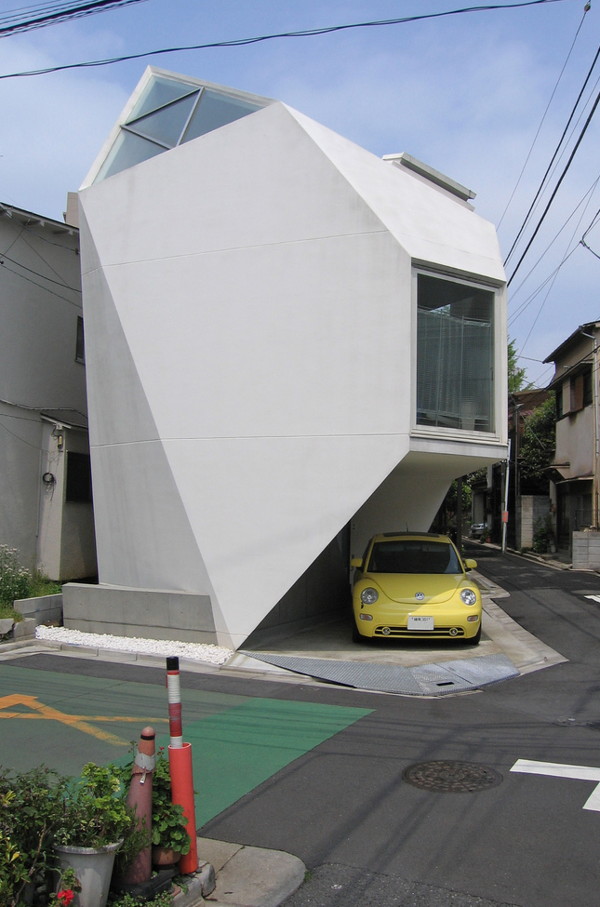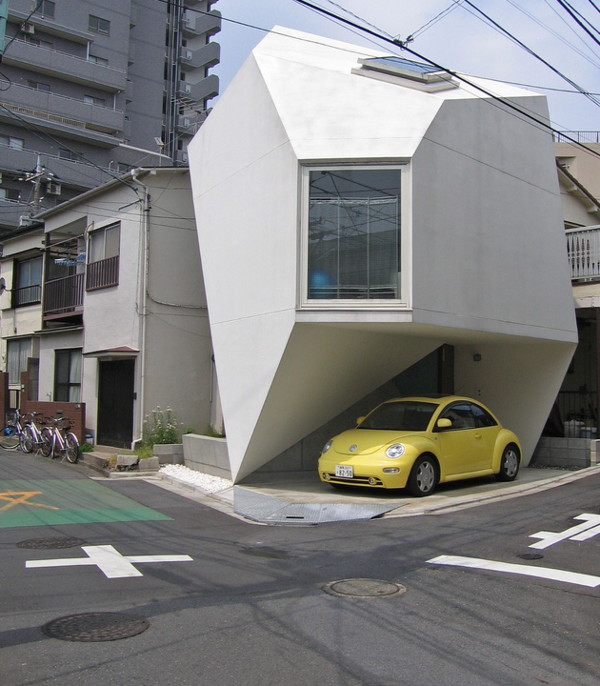Dear all
Examples within the year group For excellent presentation standards see
Model and drawings (notwithstanding the coloured diagrams)
http://arch1201-christhorp.blogspot.com/ Model and drawings (notwithstanding the coloured diagrams)
http://terrencechau.blogspot.com/ - Line work
http://commonprojects.blogspot.com/ Model making Books (taken from Ainslie Murrays 2008 blogsite)James Angus, James Angus, Sydney: MCA, 2006.
James Angus, Mikala Dwyer, Emily Floyd, Ronnie Van Hout, Ricky Swallow, Still Life: The Inaugural Balnaves Foundation Sculpture Project, Sydney: AGNSW, 2003.
Tim Hawkinson, Tim Hawkinson, Sydney: MCA, 2007.
Wolfgang Knoll and Martin Hechinger, Architectural Models: Construction Techniques, London: BT Batsford, 1992.
Criss Mills, Designing With Models: A Studio Guide to Making and Using Architectural Design Models, New York: John Wiley & Sons, 2000.
Karen Moon, Modelling Messages: The Architect and the Model, New York: Monacelli Press, 2005.
Toshiko Mori (ed.), Immaterial, Ultramaterial: Architecture, Design and Materials, New York: Harvard Design School and George Braziller, 2002.
Callum Morton, More Talk About Buildings and Mood, Exhibition Catalogue, Sydney: MCA 2006.
National Sculpture Prize & Exhibition 2005, Canberra: NGA, 2005.
Susan Norrie, Daniel von Sturmer, Callum Morton, Venice Biennale 2007 Australia, Sydney: Australia Council for the Arts, 2007.
Tom Porter and John Neale, Architectural Supermodels, Oxford: Architectural Press, 2000.
Verlag Anton Pustet, Scale Models of the 20th Century, Basel, Boston, Berlin: Birkhauser, 1999.
Albert Smith, Architectural Model as Machine, Oxford: Architectural Press, 2004.
Martha Sutherland, Modelmaking: A Basic Guide, New York: W W Norton & Co, 1999.
Sophia Vyzoviti, Supersurfaces: Folding as a method of generating forms for architecture, products and fashion, Corte Madera: Gingko Press, 2006.
Sophia Vyzoviti, Folding Architecture: Spatial, Strucutral and Organisational Diagrams, Corte Madera: Gingko Press, 2003.
Modelling supplies (taken from Ainslie Murrays 2008 blogsite)Artlink Art Supplies
3 Chard Rd Brookvale
ph: (02) 9939 7633
Art Smart Discount Art Supplies
50 Ethel St Seaforth
ph: (02) 9949 7477
Art On King
199- 201 King St Newtown
ph: (02) 9516 2342
Bondi Road Art Supplies
179-181 Bondi Rd Bondi
ph: (02) 9387 3746
Burwood Art Supplies
246 Burwood Rd Burwood
ph: (02) 9747 6222
Campus Art Store
Cnr Greens Rd & Napier St Paddington
ph: (02) 9331 7474
Eckersley’s
2- 8 Phillip St Parramatta
ph: 1800 227 116
Eckersley’s
88 Walker St North Sydney
ph: (02) 9957 5678
Eckersley’s
93 York St Sydney
ph: (02) 9299 4151
Eckersley’s
21 Atchison St St Leonards
ph: (02) 9439 4944
Janet’s Art Supplies
145 Victoria Ave Chatswood
ph: (02) 9417 8572
Hurstville Art & Drafting Supplies
23 MacMahon St Hurstville
ph: (02) 9570 4138
North Shore Art Supplies
10 George St Hornsby
ph: (02) 9476 0202
Oxford Art Supplies
221- 225 Oxford St Darlinghurst
ph: (02) 9360 4066
Parkers Art Supply
3 Cambridge St The Rocks
ph: (02) 9247 9979
The Art Scene
912 - 914 Victoria Rd West Ryde
ph: (02) 9807 6900

 http://freshome.com/2008/03/03/add-an-additional-room-to-your-apartment/
http://freshome.com/2008/03/03/add-an-additional-room-to-your-apartment/ http://tea-makipaa.eu/parasite.htm
http://tea-makipaa.eu/parasite.htm P.A.R.A.S.I.T.E. PROJECT, designed by Dutch architects Kortknie Stuhlmacher Architecten
P.A.R.A.S.I.T.E. PROJECT, designed by Dutch architects Kortknie Stuhlmacher Architecten




 P L A T F O R M
P L A T F O R M 
 Super Colossal, Cubby Conglomerate.
Super Colossal, Cubby Conglomerate. Mulloway Studio, Contemplative Space.
Mulloway Studio, Contemplative Space. Chenchow Little Architects, Pitched Roof House. Photo: Phillip Hayson. Model: Chenchow Little.
Chenchow Little Architects, Pitched Roof House. Photo: Phillip Hayson. Model: Chenchow Little.
 Example of repeating
Example of repeating Example of layering
Example of layering








 1 Sangath, B. V. Doshi, Ahmedabad, India - Consider the use of vaults in a semi-subterranean structure
1 Sangath, B. V. Doshi, Ahmedabad, India - Consider the use of vaults in a semi-subterranean structure 2 Berlin Holocaust Memorial, Peter Eisenman
2 Berlin Holocaust Memorial, Peter Eisenman 3 student project?
3 student project? 4 Tadao Ando, Collezione
4 Tadao Ando, Collezione 5 Kunihiko Hayakawa's Labyrinth
5 Kunihiko Hayakawa's Labyrinth  6 Arakawa's Reversible Destiny House
6 Arakawa's Reversible Destiny House Nakagin Capsule Tower
Nakagin Capsule Tower
 Origami inspired house, Tokyo, Yasuhiro Yamashita, Atelier Takuto
Origami inspired house, Tokyo, Yasuhiro Yamashita, Atelier Takuto

 Window Less House
Window Less House
